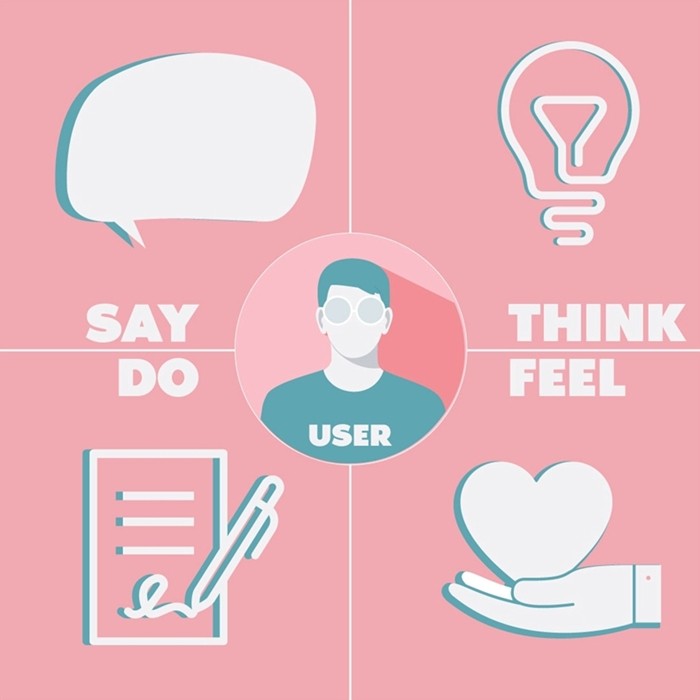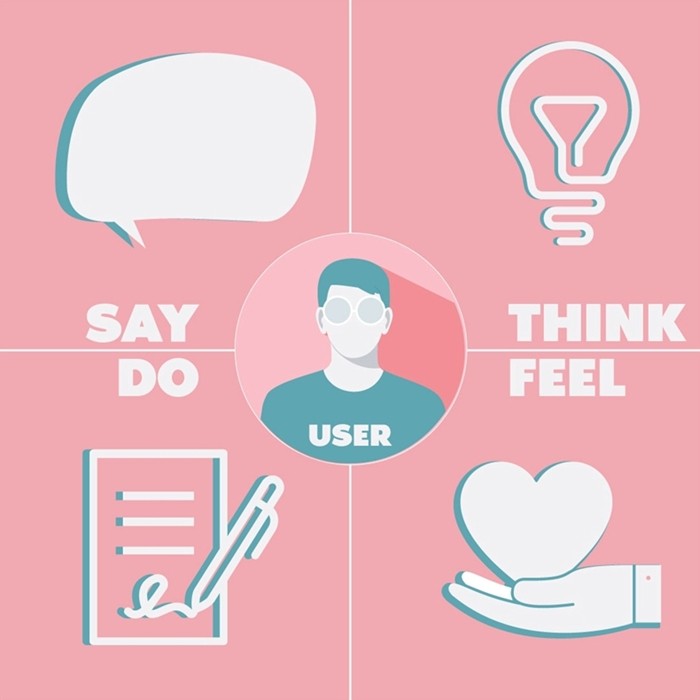That's where empathy mapping comes in. What Is an Empathy Map? It teaches you how to connect with the people who will consume your content, products, or services. Tech experts in user experience and agile design use empathy maps to help them enhance user satisfaction. And empathy mapping can help. Now consider the single user or the group of users you will target with your map, the action you want them to take, and how you might best get there. But if the goal of empathy mapping is to empathize (and it is), then the goals you should really consider are those of your audience: What about your content will appeal to users? Create blog posts that are visually easy to read, and you make them more accessible to those readers. The more data you have, the more you can understand your consumer and where they fit—in the empathy map and in the larger world. Much like you don't have a single buyer persona, you may produce multiple maps over time.
Have you noticed that the best books and movies are so totally immersive you feel as if you’ve actually entered the world they depict? Which is why I’d argue that the people most skilled in content aren’t necessarily the best writers; rather, they’re the ones who are able to empathize with characters so well that their creations seem real.
When writing for marketing, you need to connect with your audience. But first you have to understand who they are and what they care about. That’s where empathy mapping comes in.
What Is an Empathy Map?
An empathy map is a tool that brings to light to your most likely customers. It teaches you how to connect with the people who will consume your content, products, or services.
Typically divided into quadrants of say, think, do, and feel, the empathy map is intended to get into the head—and heart—of the customer. It helps you to visualize that what someone says doesn’t always align with what they do. That’s why it’s also important to understand what they think and feel.

For example, someone might say they love the service you provide, yet still shun your products. Could it be that the cost is too high, and in their social circles that may not be something they’re willing to say? Or maybe they feel passionately about your products but think the purchase isn’t practical.
Unfortunately, those conflicting “boxes” in the empathy map are the norm: Human life is rife with examples of cognitive dissonance that make little sense if you think purchase decisions follow the 19th century buyer funnel of attention-interest-desire-action. They don’t.
Which is all the more reason to really understand what might motivate your users.
Interestingly, empathy maps are already common in the design industry. Tech experts in user experience and agile design use empathy maps to help them enhance user satisfaction. Whether they design new products, software, or websites, they want to come as close to what the user wants as possible—so they try to empathize with them.
If the tech experts get it, why don’t the rest of us?
Because digital allows us to measure the success of every piece of content we create and disseminate, even the most naturally empathetic writers among us may have shifted away from our instincts. We want our videos, pages, and posts to rank. We want to please the Google gods and all their algorithmic updates.
But, the thing is, Google’s goal has always been to act more human. Every algorithm is another effort to provide users with the best experience possible.
It’s time to get back to human. And empathy mapping can help.
How to Get Started
Set some goals
But not just your own goals.
Sure, you need to know that this empathy mapping exercise has a purpose. And like every business class ever taught you, your goals should be SMART: specific, measurable, achievable, relevant, and time-bound. Now consider the single user or the group of users you will target with your map, the action you want them to take, and how you might best get there. But if the goal of empathy mapping is to empathize (and it is), then the goals you should really consider…

COMMENTS